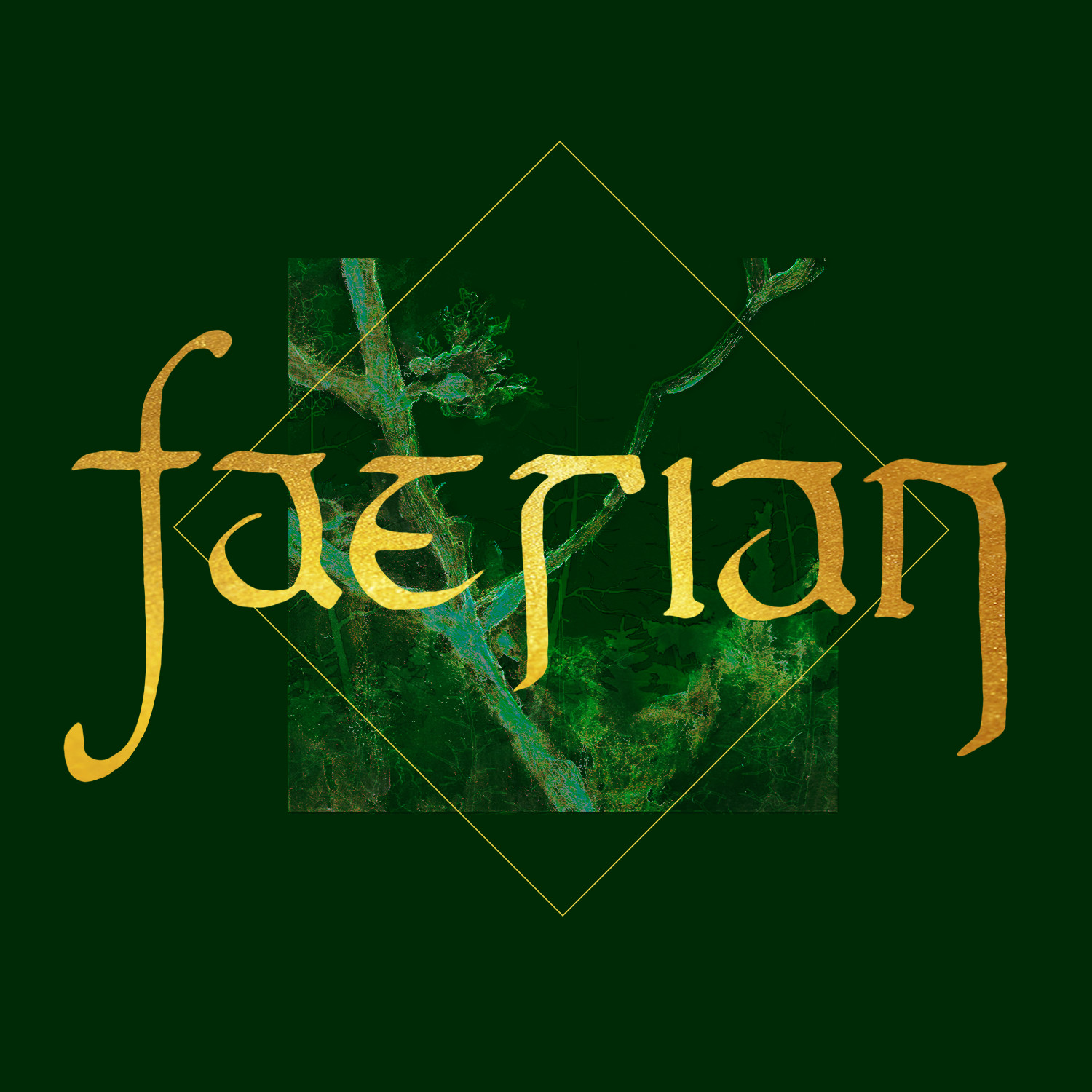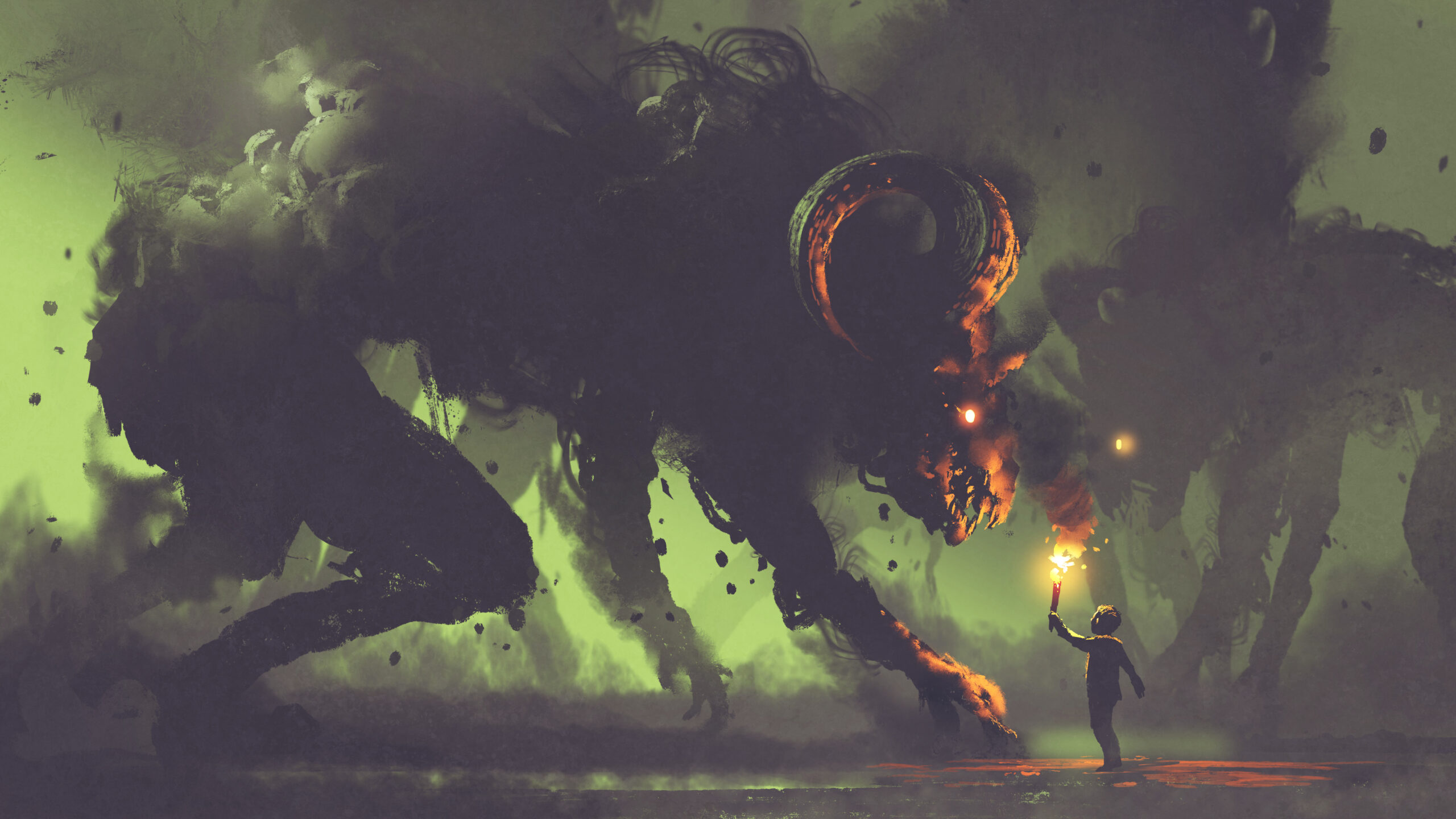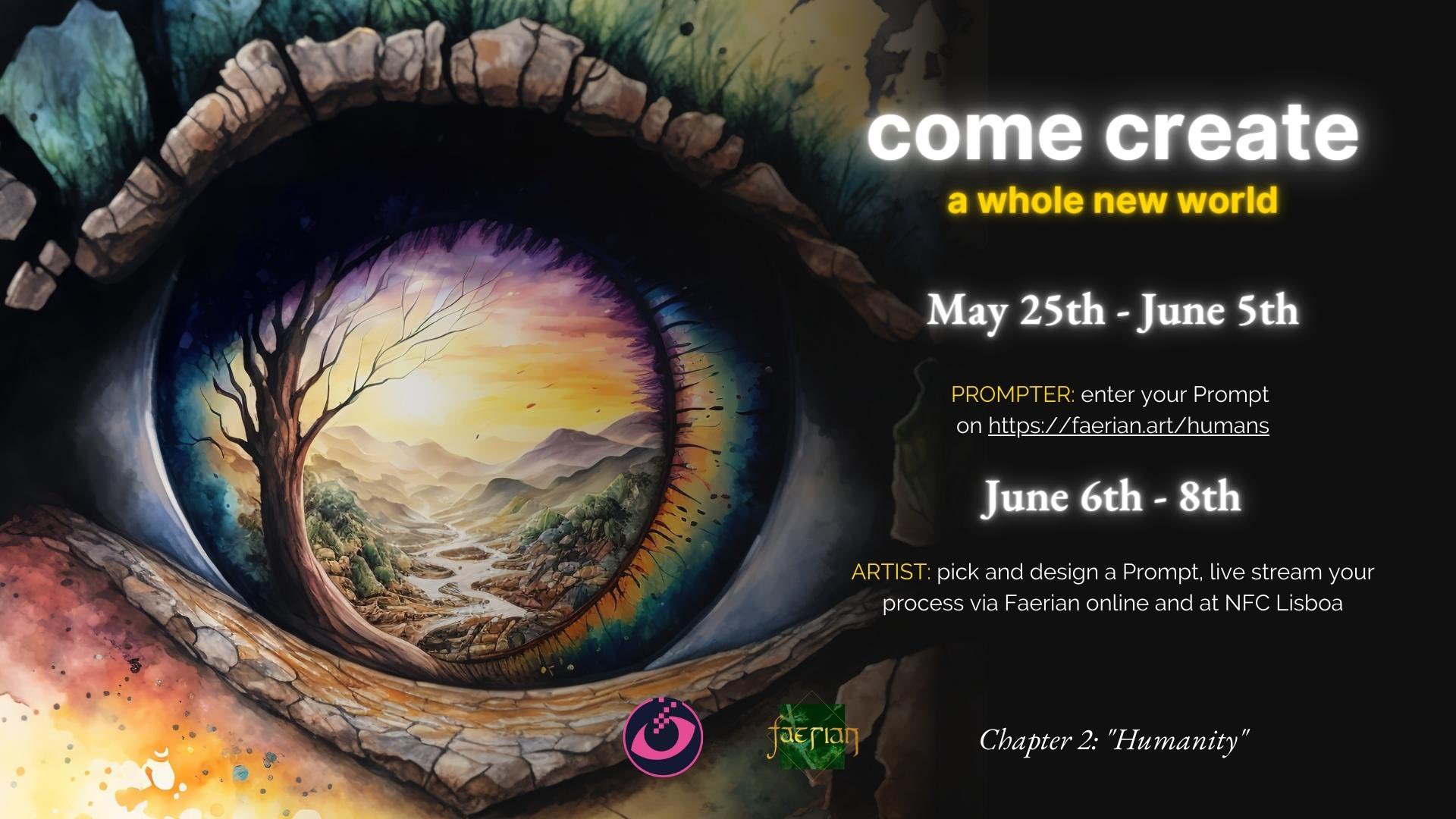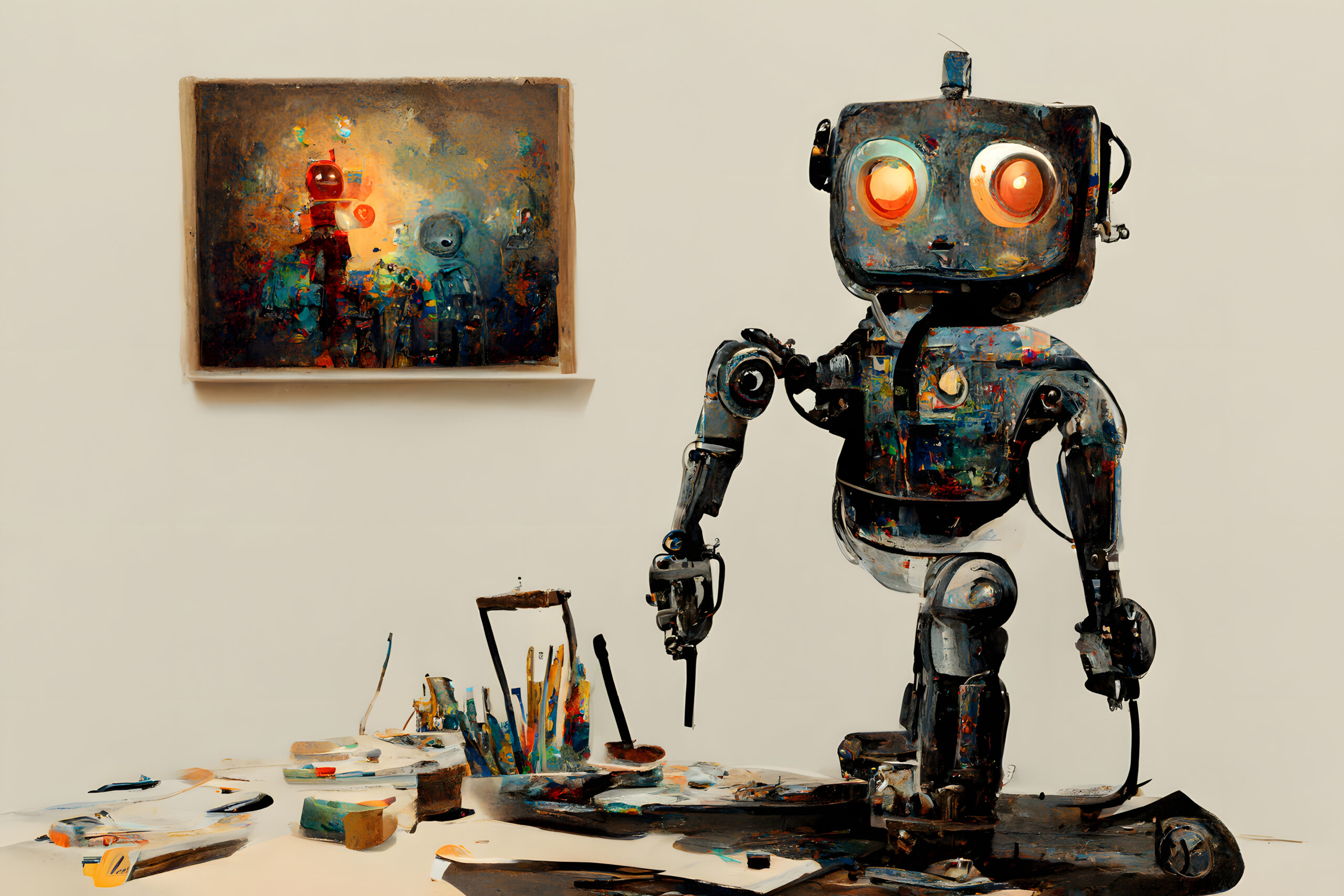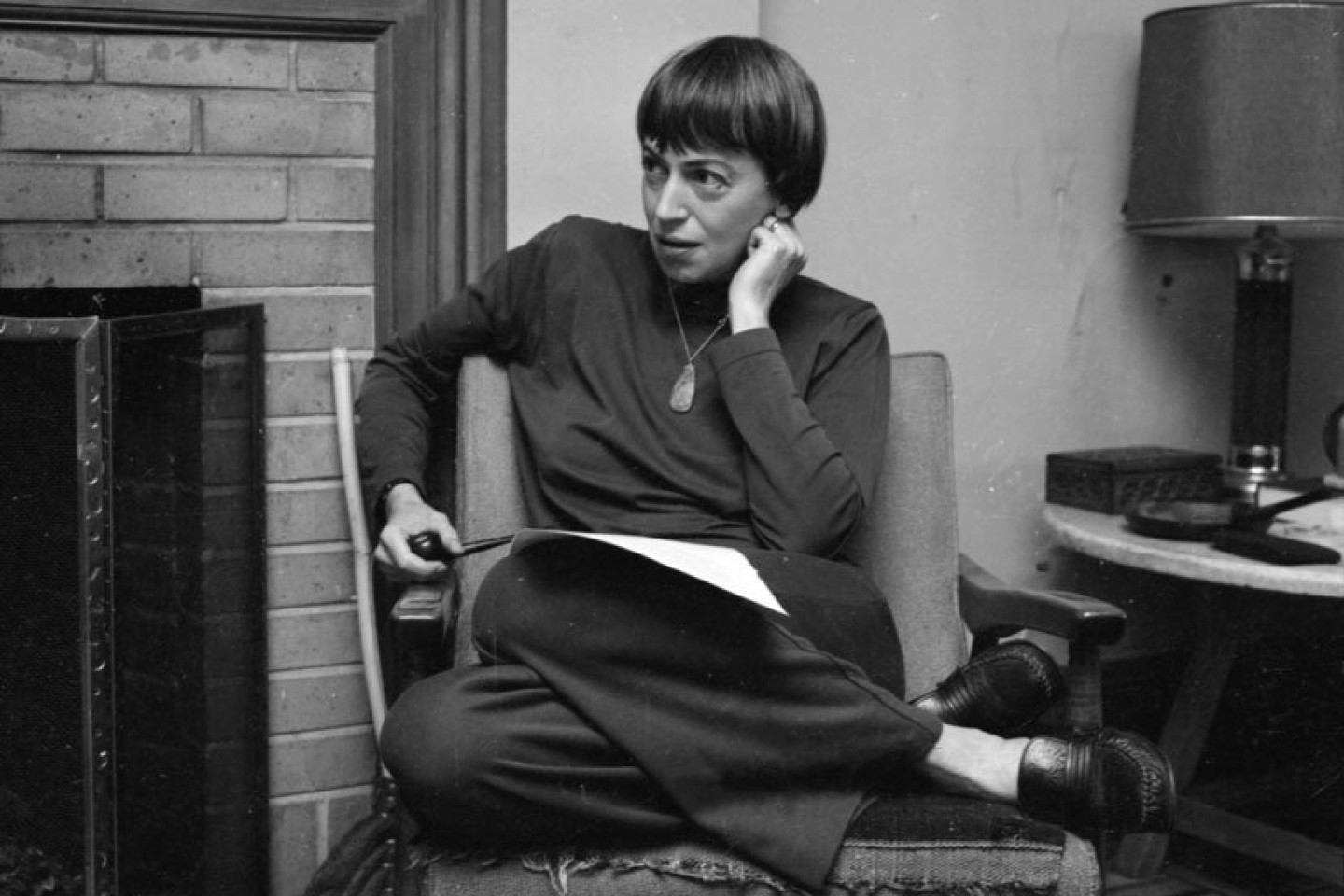
Breaking the Chains: Women Conquering Fantasy Art World
Summary: Who are the women doing fantasy art nowadays? How does their voice impact the work they do?
Article available on Medium
“Weak as woman’s magic, wicked as woman’s magic.”
Proverb in the Earthsea series

“Free Woman, Free Yourself” – Faith Ringgold, 1971
“Weak as woman’s magic, wicked as woman’s magic,” says the proverb in the great Earthsea series which depicts a society where magic is a man-dominated profession. Yet its author – Ursula Le Guin, is one of many female figures celebrated for breaking through the high walls of gender bias in the world of fantasy! Who are the women who dominate the realm of Fantasy art, and how do they express themselves?

“The Real Princess PI 1” – Edmund Dulac, 1911
It is a Man’s World (No More)
Fantasy art, like many other fields, has traditionally been dominated by men. The most prominent figures in visual art and literature are males. In fantasy worlds, women are frequently portrayed as irrational and passive, either weak or evil.
However, unlike other forms of creation, fantasy can reimagine the world. This power was used by both men and women to creatively tackle gender inequality. Moving with the times, the world itself gradually but steadily allowed great female fantasy artists to emerge.

“The Crown Returns to the Queen of the Fishes” by Henry Justice Ford, 1906
With their exceptional talent, some of these artists have torn down gender barriers in the field. Others use their art to delve deeply into women’s issues. Still, the majority of women artists explore their identities and build worldviews in a variety of ways in today’s society, where the idea of gender is much broader and more complex than it once was. So, how does a woman’s voice appear in Fantasy art?
Women’s Voices in Fantasy Art

Ursula Le Guin in the 1970s, Special Collections and University Archives, University of Oregon Librairies
Ursula Le Guin, a multiple Nebula and Hugo award winner, has been a pivotal figure in both fantasy and feminism. Themes of race, gender, and sexuality are prevalent throughout her work. Her best-known work is the high fantasy Earthsea series. Tehanu (1990), the fourth book in the cycle, is a feminist “correction” of previous male-centered books, highlighting the importance of women’s knowledge and experience. One of Le Guin’s influences was Virginia Woolf, a writer whose voice greatly contributed to reformulating gender image in fantasy art with her 1928 novel Orlando, which tells the story of an aristocrat who changes sex from male to female while living through 300 years of English history.
Margaret Atwood is another significant female literary figure whose novel The Handmaid’s Tale was turned into a mind-blowing TV series by HBO in 2017, rethinking contemporary women’s issues through a dystopian lens. Not all female fantasy writers directly tackle women’s issues. Many contribute to celebrating women in fantasy in different ways, such as J.K. Rowling and Stephenie Meyer, who have achieved global success with their Harry Potter and Twilight series.
When it comes to visual art, Julie Bell is THE role model for female fantasy illustrators. Born in 1958, she was the first woman to paint the covers of Conan comics. Her life and artistic style are an intriguing combination in terms of both gender and feminist expectations: she is a professional bodybuilder as well as a master of highly sexual portraits of both men and women. From 1990 to 1996, she was a regular illustrator for Marvel Comics.

Julie Bell

“Descent” – Jeffrey Catherine Jones, 1977 (Heavy Metal magazine). Text on the bottom: “In her descent and disorganization she gives cause and certainty, but I have better things to do.”
Jeffrey Catherine Jones is another pivotal figure in fantasy illustration. Jones was a painter, illustrator, and comic book artist who worked in a variety of genres such as science fiction, fantasy, and horror. She was known for her evocative and dreamlike imagery, which often incorporated elements of mythology and folklore. Jones’s work has appeared in a variety of publications, including Heavy Metal magazine and book covers. She became a transgender woman at age 55, spending most of her life working and living as a man.
Kinuko Craft, one more master of fantasy art whose artistic style explores the poetics of women’s gaze and sensuality, said that her paintings allow her to live in a world of her imagination and fantasy, which she prefers to reality.
The Coming of a New Generation
Today, names like Ursula Le Guin, Julie Bell, Margaret Atwood, and J.K. Rowling have authority and renown. According to Frank Frazetta, Jeffrey Catherine Jones was the greatest contemporary painter. Julie Bell is regarded as a pivotal figure in the field of fantasy illustration. These creators paved the way for a new generation of female artists, such as writer Sofia Samatar, concept artist Sandra Duchiewicz, illustrator and digital painter Joelin Tan, and Faerian’s own Mia Šerić and Anna Jäger-Hauer. These women celebrate the new age of diversity by expressing and exploring their (female) voices in a variety of ways.
But does this mean that there is nothing left to fight for?

“Lady of the Lake”, by traditional artist Aelin Laer
The Fight is Not Over Yet
Did you know unicorns are real? Spoiler alert – they are not glorious white virgin beauties, but rather large hairy prehistoric rhino-like beasts! It is sometimes necessary to let go of the fantasy and embrace reality.In terms of women’s rights, while more and more women are entering the world of Fantasy art, they remain in general under-represented and underpaid.
Under-representation could be tied to the issue of sexual objectification. For example, researchers found that earlier versions of Lara Croft’s character were more sexualized than later versions, indicating a decrease in sexual objectification in gaming culture most women feel uncomfortable with. Esther MacCallum-Stewart believes this is because more women are joining the design team. More women creators mean more women directly involved in gender representation, and this is happening!
Also, every day we see more and more initiatives empowering women in Fantasy art!

Book cover, “Women of Wonder”, Cathy Fenner, 2015 via Muddy Colors
Empowering Women in Fantasy Art Today
Leesha Hannigan created the Fantastical Women online gallery to promote women creators in the field of Fantasy and Science Fiction art and, as she says, give them a voice and sense of community.
Women of Wonder – Celebrating Women Creators of Fantastic Art, a 2015 illustrated anthology edited by Cathy Fenner features over 60 women fantasy artists around the world with an introduction by Lauren Panepinto, a great advocate for women in Fantasy.
Anita Sarkeesian’s Tropes vs. Women in Video Games YouTube series helped reveal some of the more damaging women stereotypes in game designs. Bravo to all!
Much has already been done to close the gender disparity in the arts. The work of women who first conquered the world of Fantasy art, as well as numerous new professionals joining the field, show the wonderful fruits of diversity, and that the true power of fantasy is in creating a better world for all. Many people are working hard to create that world. Where we are all represented as strong, capable, valuable, and beautiful, regardless of gender, race, ethnicity, or class, thus carrying on the good fight started by the Women’s rights movement.
We’re also not done yet. Next up: a look at female characters and roles in Fantasy art that go beyond the “damsel in distress”!
- The Vindication of the Monster: From Tolkien to The Witcher - January 6, 2025
- AI Art is Here to Stay – Now What? - May 22, 2023
- Breaking the Chains: Women Conquering Fantasy Art World - March 6, 2023
Do you want to build the kingdom of fantasy art together?
